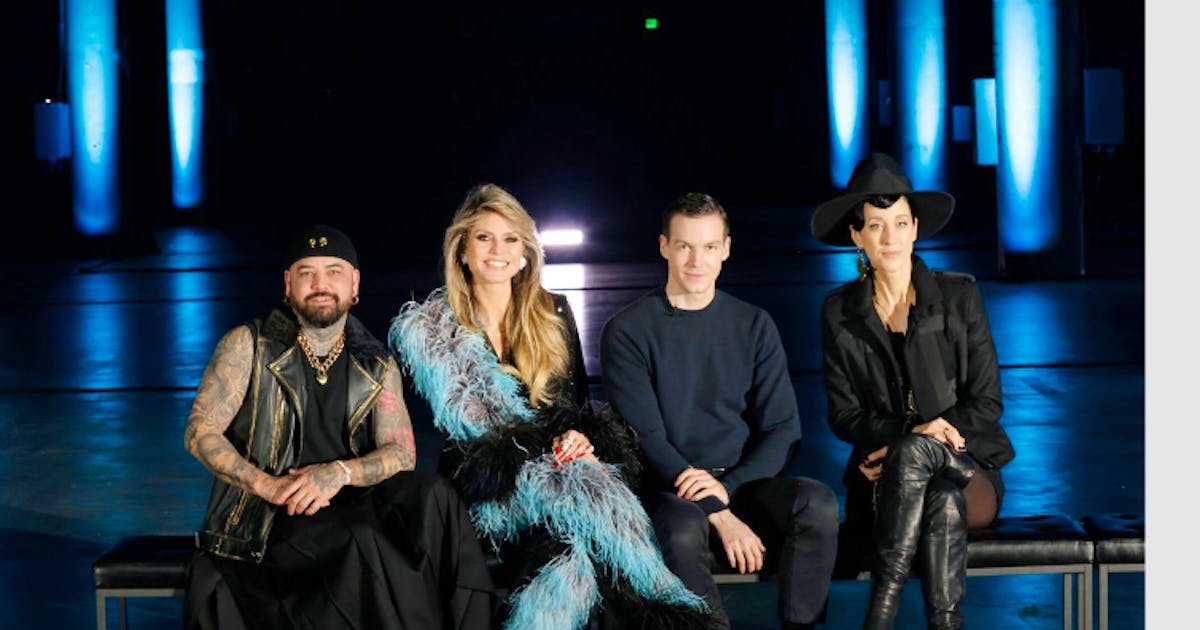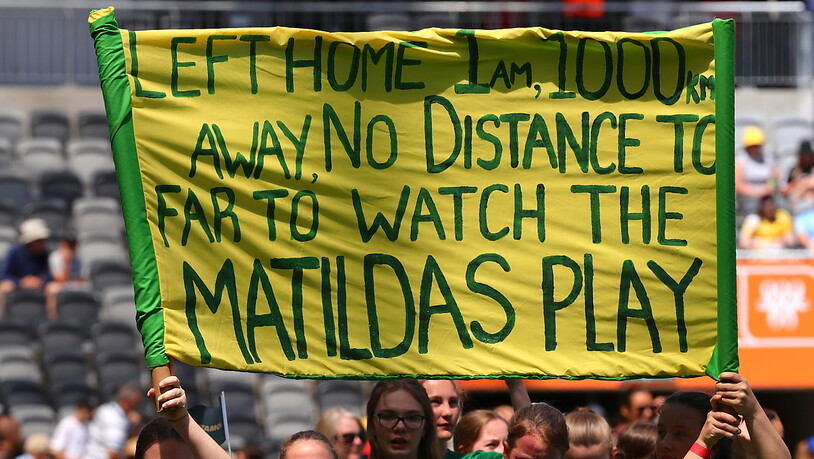Australian Football Association president James Johnson spoke to Keystone-SDA news agency about the importance of football in the country and the vision that “men and women are equal on the pitch”.
If there is a football match in Switzerland, even non-professionals will notice. When men in mainly white sneakers, blue jeans and dark jackets in Zurich push the tram towards Aldstetten or fans in Bern wrap themselves in yellow and black like bees on the tram towards Wankdorf, it won’t be long before the match begins. .
In Sydney too, fans pile into the tram. Dressed in red and white, they march onto the ground, the Sydney Cricket Ground. They don’t watch cricket. But neither is football – even if they almost call it that. In “footy”, Australian rules football (AFL), the field is circular and a game lasts 60 minutes.
Amidst the cheers of AFL fans, one can’t help but wonder: Where is the soccer culture of the hosts of the Women’s World Cup?
Football in Australia takes place particularly in communities and neighbourhoods. “Football is the most played sport in Australia in terms of participation,” says James Johnson.
At the World Cup, he expects 1.5 million spectators at stadiums in Australia and New Zealand. Two billion people are expected to watch the games on television. Society wants to use this site. With the help of the World Cup, Johnson and his team want to position Australian football globally.
Men are more successful than ever
“We’re in a golden age,” says Johnson. For the second time in World Cup history, the men’s national team, the Socceroos, advanced to the Round of 16 at the World Cup in Qatar. “We lost narrowly to Argentina,” Johnson recalled, pointing to the slight difference with an index finger extended just above his thumb.
Men have recently proved themselves. Where is women’s football in Australia?
“We believe in gender equality,” Johnson said. The Socceroos are well paid and the Matildas – the women’s team – well paid. If the Socceroos get a great coach, the Matildas get a great coach. “I don’t want to be disrespectful to other countries,” he says in Australian style. “But other countries can learn from us.”
Matildas and Socceroos are worth the same
The association markets the Matildas as well as the Socceroos. As a brand, both national teams have the same value. According to Johnson, the Matildas overtook the Wallabies, the national rugby team. “The Matildas have made a profit that we haven’t,” says Johnson, an entrepreneur.
Among the successes the proud CEO lists, one rule stands out. “Lately” he mentioned several times. Johnson took over in early 2020. Eight weeks after he took office, he contracted the coronavirus. She and her team focused their energies on the Matildas with the Women’s World Cup in mind. In the autumn of 2021, the first international game came at the first opportunity. Australians meet Brazil. “A milestone,” Johnson says. The hard work of the last year and a half has paid off. Australia won 3-1.
400,000 additional soldiers
That much more needs to be done for women to succeed is clear where Australian football is taking place: at local clubs.
Johnson also called the Women’s World Cup a wake-up call. By 2027, the same number of players and players should be dribbling the ball on the country’s pitches at club level. Today the percentage of women players is 26 percent. This means the association wants to get 400,000 extra players excited about football – in a country of around 26 million people.
Investment in infrastructure
How to do it? With improved infrastructure. Last but not least, from July the Swiss public will be able to watch the stadiums either locally or on TV. “Millions of dollars are going to build big stadiums,” says Johnson. Corporations should also benefit. “As of June, 39 million Australian dollars (about 23 million francs) had been invested in municipal facilities.” New pitches, new lighting – and separate dressing rooms for the players.
Amateurs aren’t the only ones benefiting from the cash shower. The Matildas’ new home will open in Melbourne in July. “The facility was built for women in elite football and is unique in the world. The Jamaican team will camp there during the tournament. After the tournament, the facility will become the home of the national soccer program,” Johnson says of the A$116 million (about 69 million Swiss francs) facility.
Johnson and the association’s stated goal is to promote talent. Players and coaches have to move to better leagues abroad. Asked if Australia would like to import good players at some point, the CEO laughs. “I’m a realist,” he said. To be successful, Australian football must compete above its weight class. 2027 will show whether the association has strengthened itself or not.

“Friend of animals everywhere. Web guru. Organizer. Food geek. Amateur tv fanatic. Coffee trailblazer. Alcohol junkie.”







More Stories
Biden's statements require clarification from the White House
Back to Australia? That is why the country can participate
Poland becomes richer than Great Britain – Euractive DE